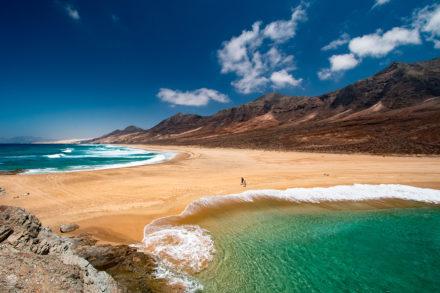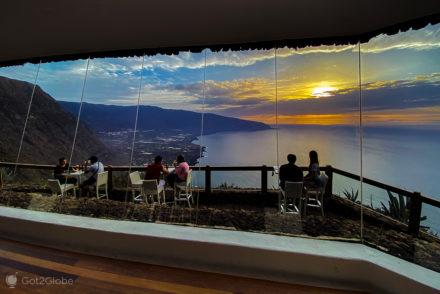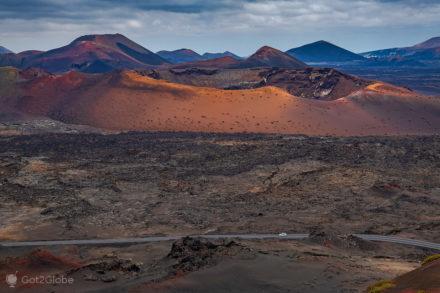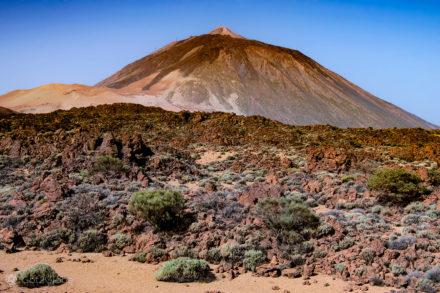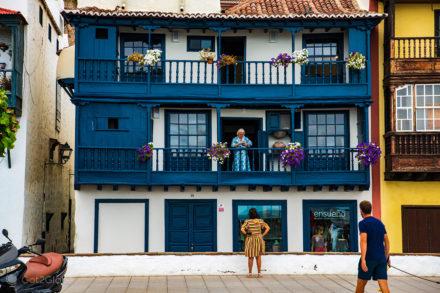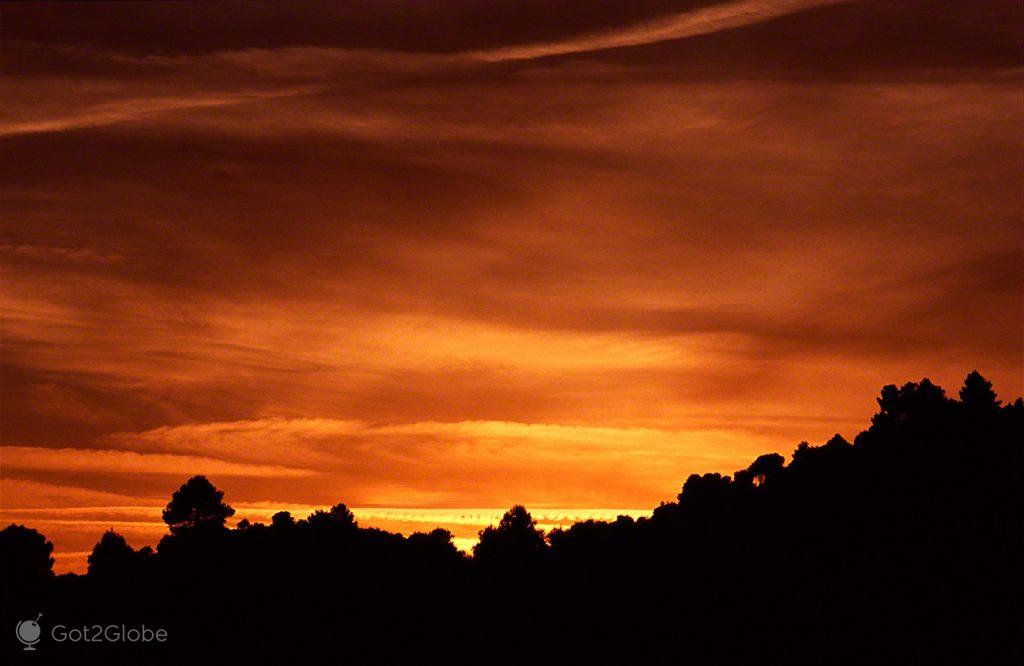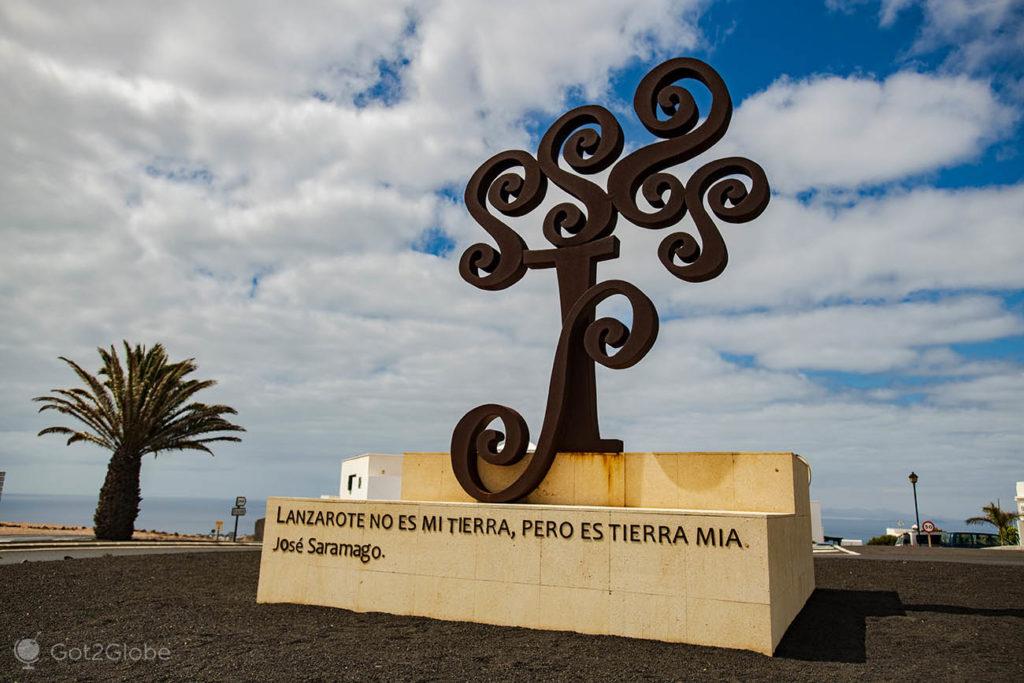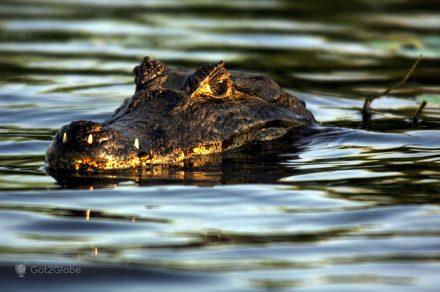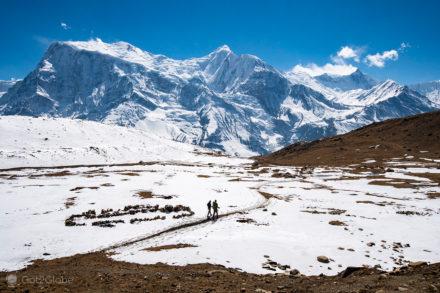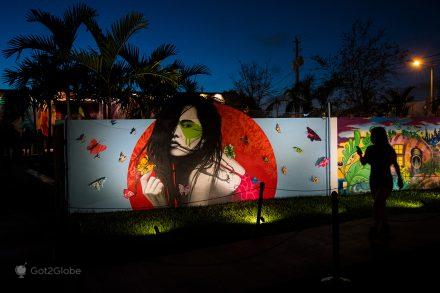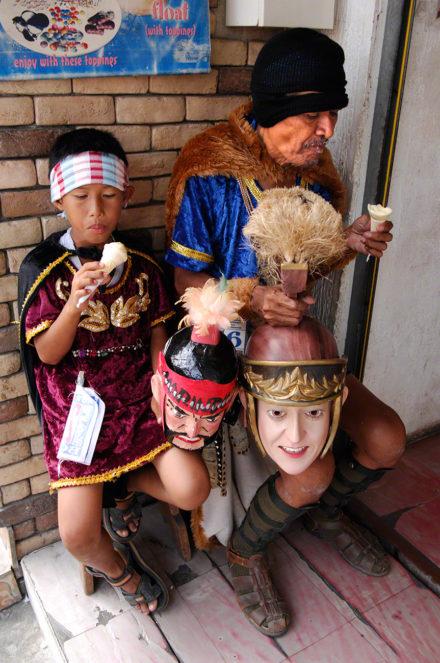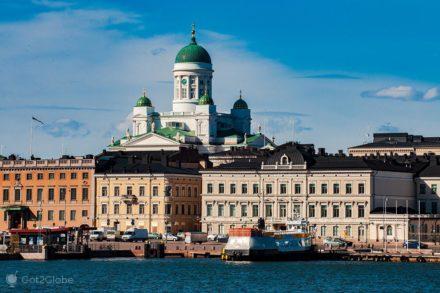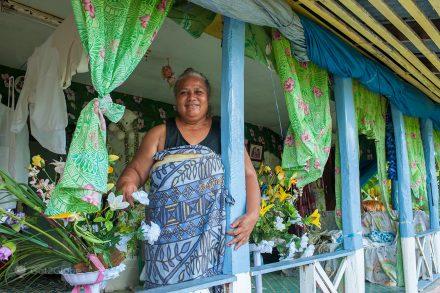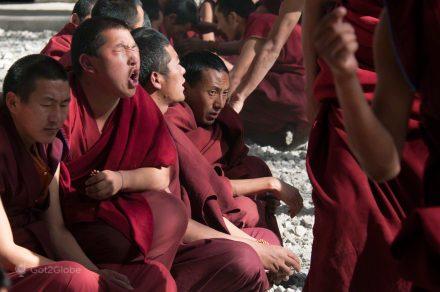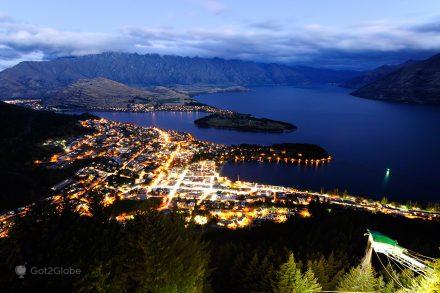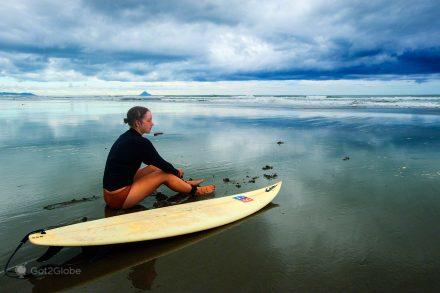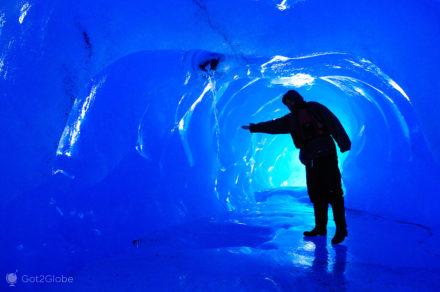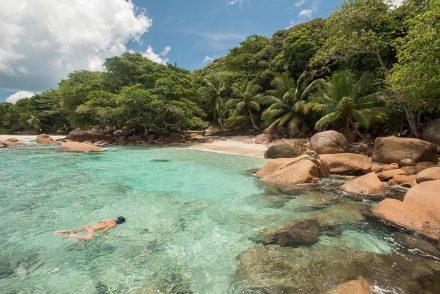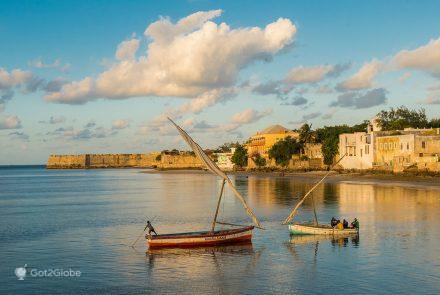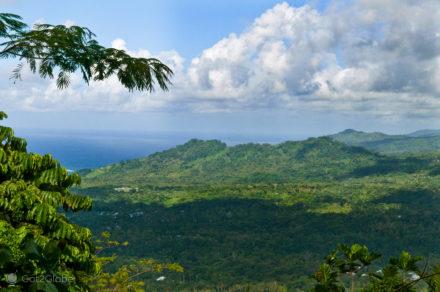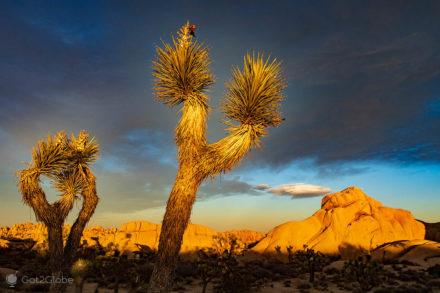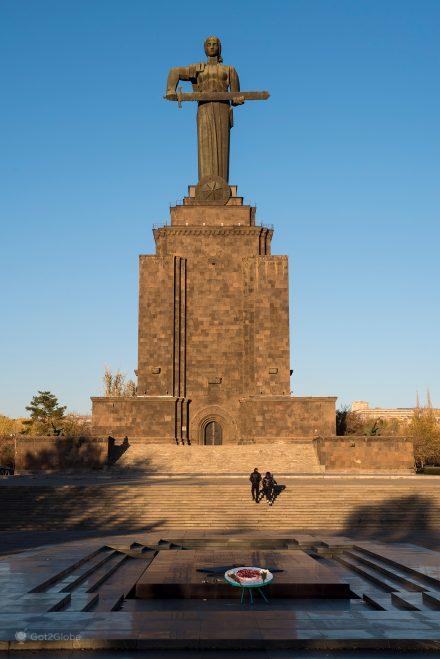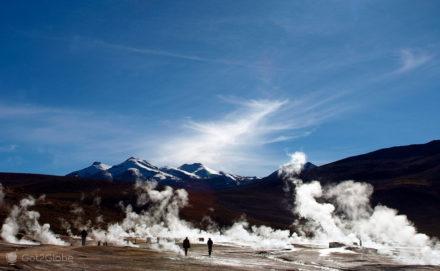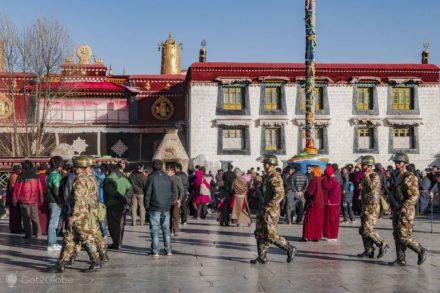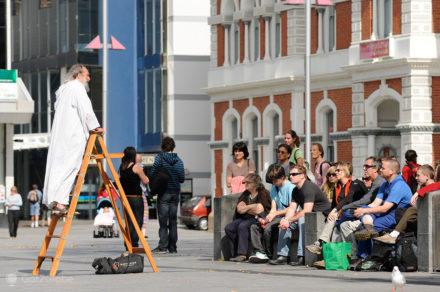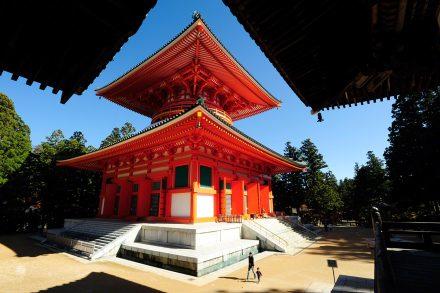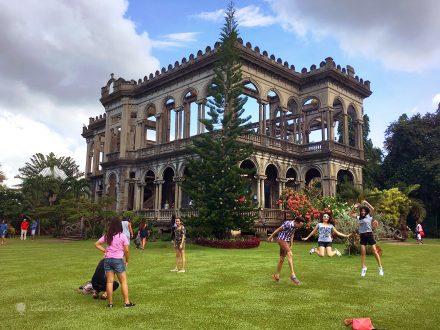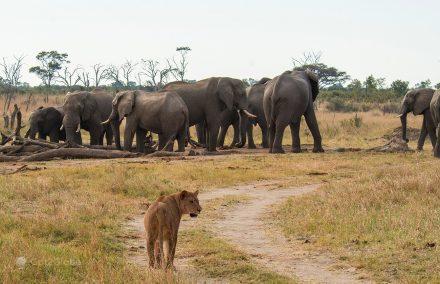With a diameter of 45 to 50 km and its zenith, almost central, bordering the 2 km of altitude, more than steep, Gran Canaria is abrupt.
Whenever we point to its interior, the roads go up and up, through the meanders that the furrows of the volcanism and erosion submitted to modernity.
The route between Vecindário and the centuries-old village of Aguimes, already 5km into the island, is hardly different.
Aguimes' Cubist Vision
The village stretches over a ridge on the foothills of Pico de Las Nieves, above one of the many verdant gorges that the canaries prefer to call ravines.
It spreads out over the vegetation like a lego of pastel pieces, crowned by the inevitable Catholic cathedral.
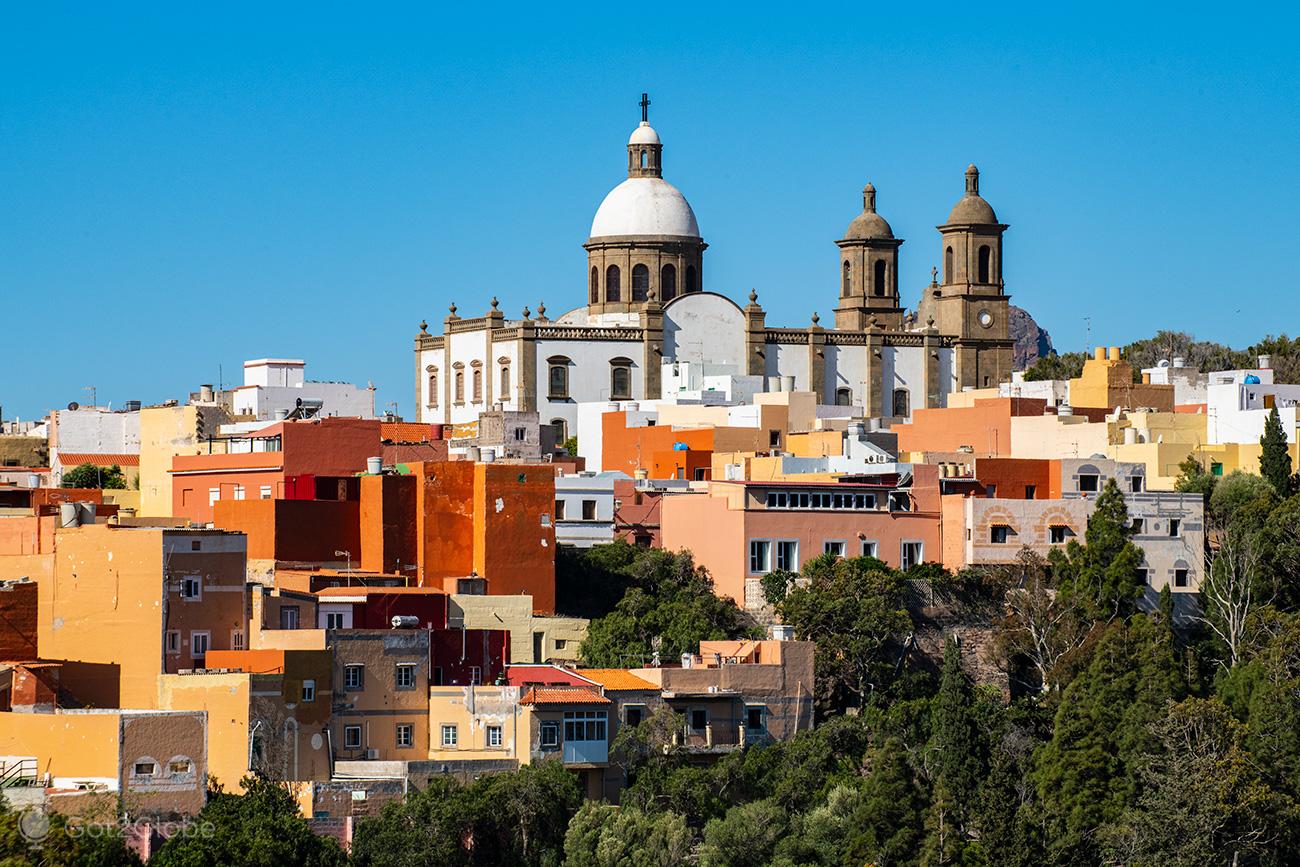
Elegant in its eccentric way, Aguimes welcomes successive waves of visitors. At that hour, perhaps because of the distance from the main seaside resorts, the outsiders were yet to arrive.
We come across one or the other, like us, independent, and dazzled by the chromatic harmony and forms in which the town it kept on, adorned by delicious whims of street art.

Cactuses sprout from the interior of patios.
Pots decorate corners with unpainted stones, an architectural fashion that, like the fruitful style of balconies and culverts, is considered imported from Portugal.

And that of the flower crucifixes that bless and reinforce the exuberance of the houses, a tradition that dates back to ancient times, but much later than the foundation of Aguimes.
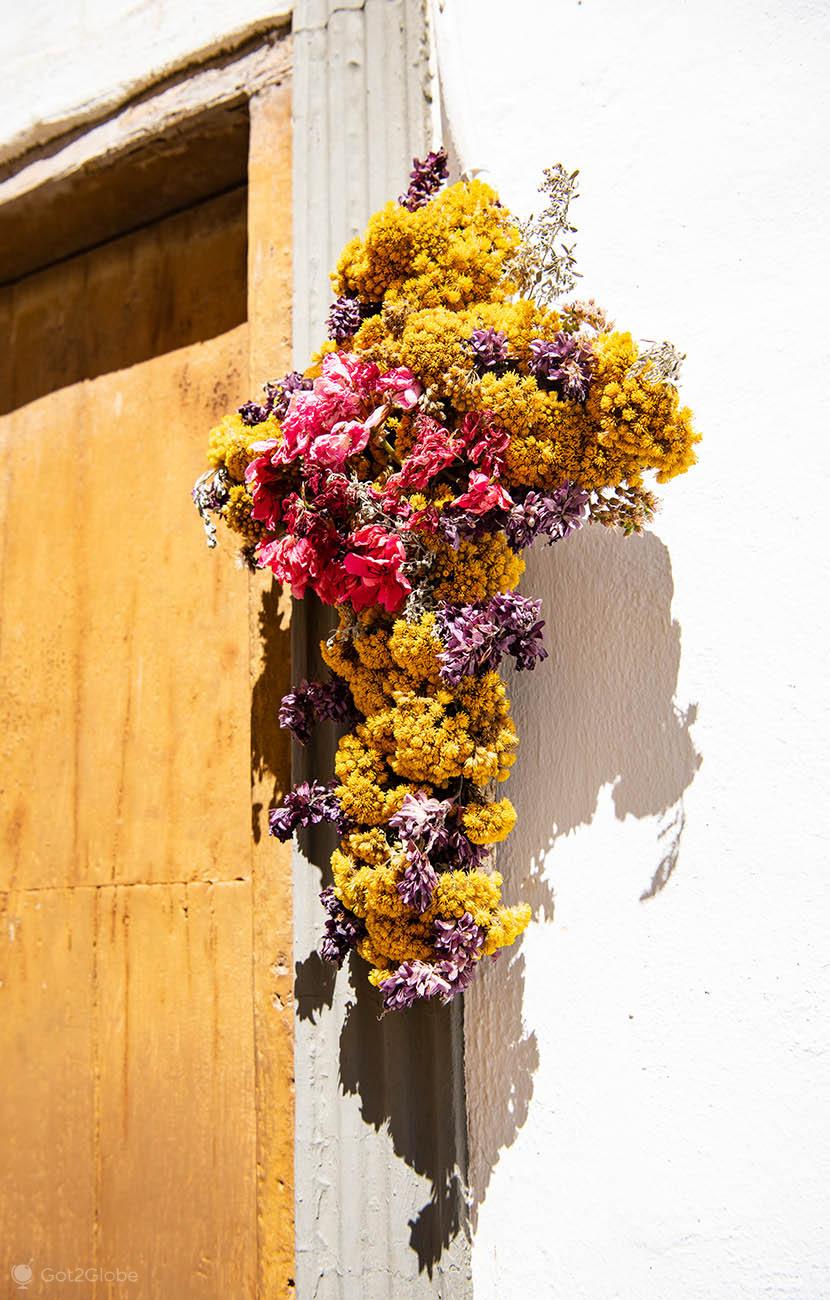
A Gran Canaria Pioneer Town
It is estimated that the Spaniards began to build the village in 1491, shortly after they submitted the Canarian indigenous people and founded the settlement that gave rise to Las Palmas, the current neighborhood of Vegueta.
In fact, as would happen elsewhere, the conquerors and settlers who followed them imposed Aguimes on a settlement that the natives were forced to abandon.
The undisputed supremacy of the Church of San Sebastian, built with three naves, twin and lofty towers, has an obvious reason for being. It was the Catholic Monarchs of Spain who validated the foundation of the village.

The sun rises in the firmament. It shortens in the shadows of passersby who, after the arrival of some tourist buses, are in greater numbers and justify that business owners, guides and the like to dedicate themselves to them.
Ironic as it may sound, in recent times, Aguimes attracts so many visitors that it justified an influx of immigrants from other less fortunate parts of the island.
This reality contrasts with that of previous decades, in which horticultural and other products proved to be insufficiently profitable and forced Canarian settlers to migrate to Cuba, Puerto Rico, and other places, especially Hispanic in the Americas.

Overall, the municipality's population has increased for a hundred years and, from the beginning of the XNUMXth century until now, based on the strength of the industrial zone of neighboring Arinaga, almost doubling.
Other businesses, installed even further inland and upwards on the island, have proven themselves to be successful in all different ways.
Guayadeque: Rio, Barranco and Casas Cuevas Restaurants
With Aguimes behind, we follow the bank of the Guayadeque river.
The more we climb in its 15km extension, the more we feel the dry breath of Africa. agaves and cacti puntia flowers compete for the meager humidity retained by the slopes there, full of deep caves and caves adorned by man.
 In a panoramic area with strong gastronomic traditions of the island, several restaurants have adapted to the recesses and other shapes of the cliffs.
In a panoramic area with strong gastronomic traditions of the island, several restaurants have adapted to the recesses and other shapes of the cliffs.
The “Tagoror”, the “See” and the “La Era”, among others, became small houses and picturesque hostels, some even bizarre, with their gloomy tunnels and rooms contrasting with the monumental views from the sun terraces and gardens.
serve parrilladas with fried porridge or rugada – the latter, the traditional ones from the Canaries – enriched with standard peppers e blood sausage, in any case, everything produced around it, such as honey, Ingenio's questions and the wine mouth that mixes sweet wine with red wine.
Lunched at “La Era”, we sat on the threshing floor that inspired its name. From there, among agaves and cacti, we followed the cars on their way from tiny to life-size, in those, along the road that approached them.

On the way to the summit of Gran Canaria, the Pico de Las Nieves
We pass by El Sequero. We enter a ravine parallel to the one at Guayadeque – that of Ingenio – which approaches the homonymous river.
Crossing some mountain villages: La Pasadilla, El Roque, La Solana, Cazadores and similar villages, we leave the parched part of the island to the vast domain of its pine forest, irrigated by the mist and humidity that the trade winds bring from the Atlantic .
Countless curves and pine trees later, we cross the Caldera de Los Marteles. Then, we reach the Pico de Los Pozos viewpoint, also known as de Las Nieves.

With a good part of the island around, the view to the north-west catches our attention, with the rocky cliff of Roque Nublo standing out above the pine forest that fills the island's old main caldera, set against the united blues of the Atlantic and the sky.
From behind, in a distant background, the lines of Tenerife and the cone of El Teide volcano, with its 3715 m, the roof of the Canaries overlooking the top of Gran Canaria.

We see hikers making their way to the trails that go into the pine forest. And others who photograph themselves, in acrobatic poses, on nearby rocks.
Below, meaningless, a kiosk kiosk kept a noisy generator running.
The unexpected desecration of Nature Canary Island and the harshness of the sun, soon, at the bottom move us to resume the itinerary.
Tejeda: the Cross and the White Village
We went down to Cruz de Tejeda. Upon arrival, we see his ornate cruise, crowned by a Christ in distress. on the margin of the religious meaning, the monument marked the geographic center of Gran Canaria.
A rooster and two or three chickens surrounded him, concentrating on the tidbits that tourists leave there.

From Cruz de Tejeda, we descend to Tejeda, the mother village of these parts, all white, contrasting with the rough gray-green of the slope that protects it.
Tens of kilometers counted, we realize that we are to the east of the Roque Nublo that we had glimpsed before.
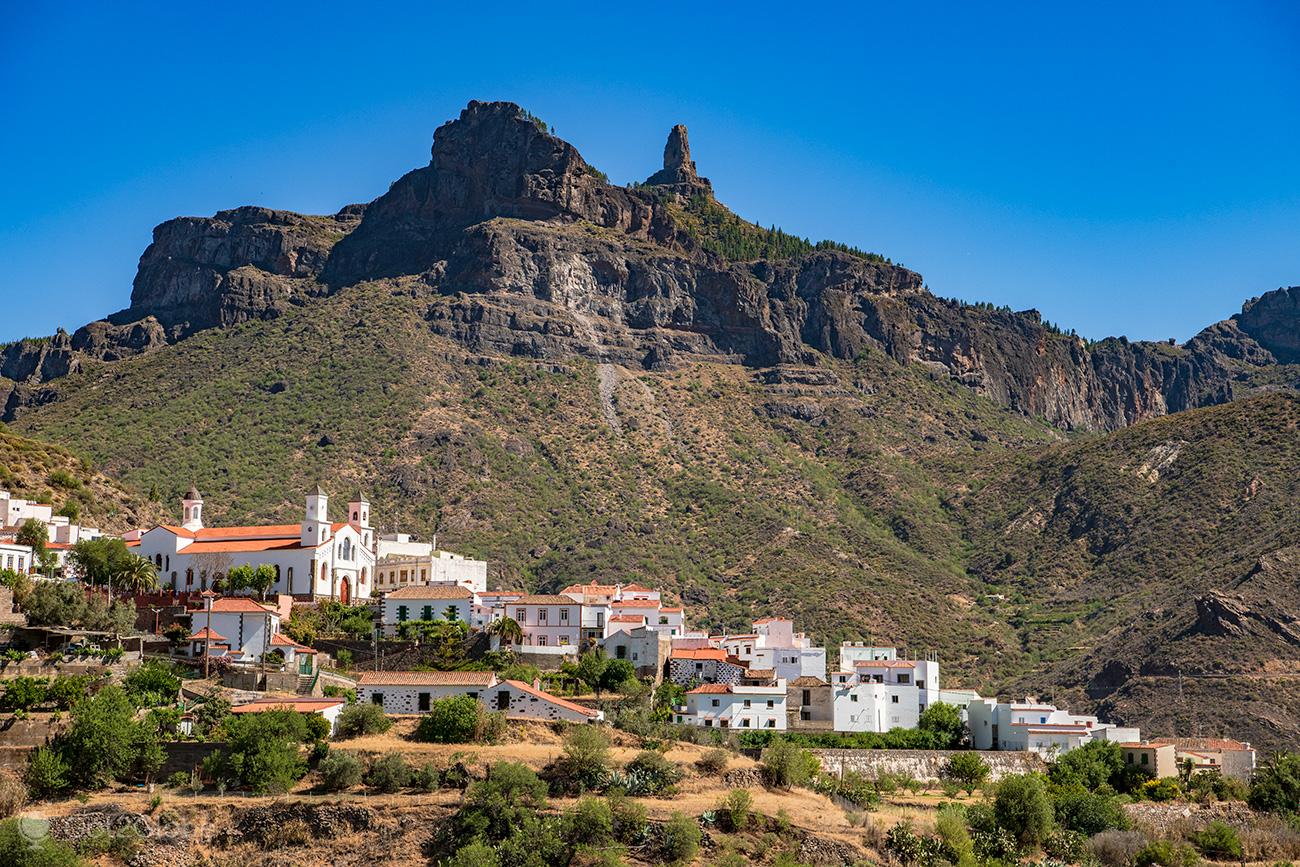
In the middle of the caldera, home to almost two thousand canaries, Tejeda is considered one of the people most charming in Spain. Several others in Gran Canaria could join the group.
Already aimed at the capital Las Palmas, having completed 25km of zigzags by the threshold of the Rural Park of Doramas, we enter one of them.
Teror and the Cult of the Virgen del Pino
Teror is, today, a municipality in its own right, important in addition to the fact that it houses the Basilica of Nuestra Señora del Pino, temple of the patron saint of the diocese of the Canary Islands and, in particular, of Gran Canaria.

A Virgin of the Pine starred in a Marian apparition in Teror.
It became the raison d'être of an exacerbated Catholic cult.
And from one of the most exuberant celebrations of faith in the Canary archipelago, based on the XNUMXth century custom of carrying the image of the Virgin to Las Palmas and, before her, to pray for the rains that, at the time, were kept away from the island.
On the contrary, by the time we reached Teror, the sky seemed to prepare a bout. Facing northeast, exposed to the cloudiness dragged by the Alísios, only the beauty and joy of the town and its population broke the leaden atmosphere around.
We walk along the pedestrian street Calle Real de La Plaza, dazzled by the elegance of the wooden balconies, detached from so many other centuries-old facades.
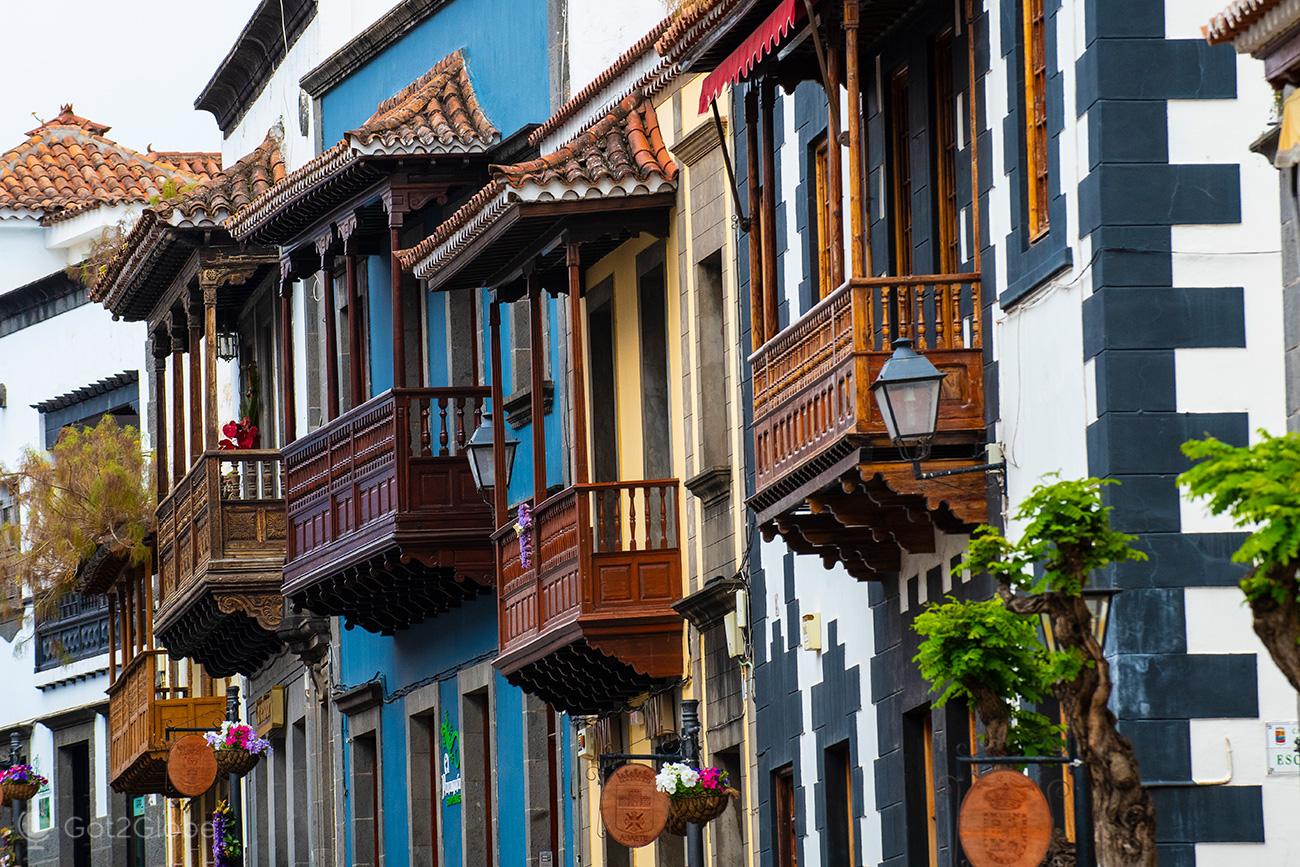
Long gone beyond the mountains, the sun took what was left of its light to the west. Delivered to Parisian lamps, Teror began to enchant in a post-twilight mode.
Until we left it, destined for Las Palmas, the Virgin of the Pine he refused to irrigate that large, arid but welcoming Canaria.






